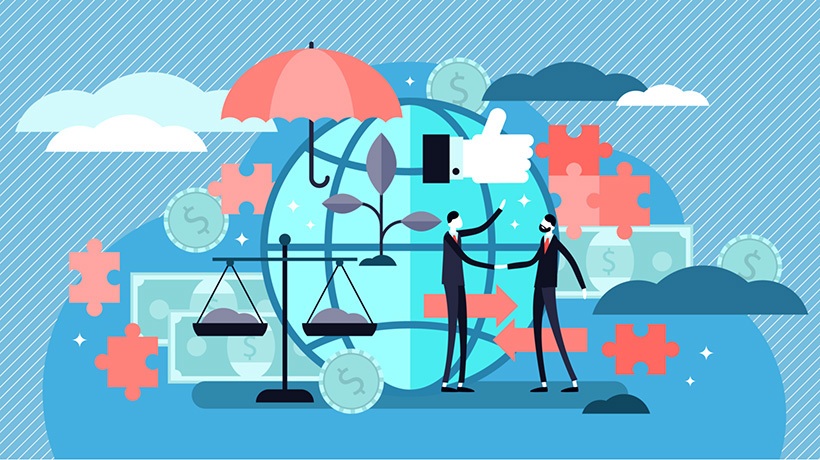Gamification And Behavior Management
One of the most common behavior management misunderstandings is the assumption that gamification is best-suited for promotions or short-term events. Fortunately, this just isn’t true. Successful behavior management is a long-term investment between a company and an employee that only grows stronger as time goes on, and it can help with improving employee productivity and engagement.
The Key To Long-Term Success Is Tapping Into The Narrative
Behind every great employee recognition program you will always find two kinds of narrative: personal and company.
A successful organization highlights an individual’s accomplishments and then ties those smaller achievements into a larger perspective of company purpose. People want to feel like they’re important but they also want to be part of something bigger than themselves. The more an employee feels valued and purposeful, the more likely they are to stick around.
One of the main contributions gamification can bring to behavior management is badging. Badges are visual representations of accomplishments and, when done right, help create a memorable employee narrative.
The 3 Enterprise Use Cases
So what does successful long-term behavior management look like? It depends on the scenario. There are 3 major behavior change scenarios in the modern business place.
1. Education And Compliance
In this scenario, use-case employees are called upon to act outside of their typical workload, usually learning some new technology or policy. Sometimes the request is short-term, other times the objective is to build a long-term habit. Either way, the goal is twofold: connect learning participation to personal recognition and company goals.
So what part of training is worth recognition? Well, what can training say about the individual?
Training tells a story of increasing skills, of an employee becoming progressively more valuable and equipped to solve sophisticated challenges. Not only should you recognize specific certifications, but look for ways to measure and celebrate the downstream value provided by those certifications. Tie company milestones back to individual contributions made possible by training.
This might seem abstract at first, and nobody said it should be easy, but think about it this way: if you can’t be bothered to find a way of proving the value of a new policy, why should your employees be bothered to spend any time learning it?
2. Performance Management
In this scenario, use-case employees are expected to follow a specific process or formula. With the limited opportunities for creativity in these roles, it can be hard to keep employees engaged and loyal.
Here, the goal of behavior management is to set context above the daily grind. Give employees long-term opportunities for celebration and success: monthly contests, bonuses, badges commemorating career records, etc. Even with mundane tasks, it’s possible to set collaborative stretch-goals that build a sense of camaraderie and collective purpose.
The more you celebrate outstanding accomplishments and unique events, the less employees will focus on the repetitiveness of the work, and the more likely they will stay engaged.
3. Collaboration
In this scenario, use-case employees are typically asked to collaborate: contributing content, generating ideas, voting, curating and commenting.
Rewarding collaborative efforts will not only allow you to build a sustained model of collaboration, but it will also help with increasing the quantity of contributions while also improving the quality of said contributions.
Once again, the keys to long-term success are personal accomplishments and collective vision. Identify the experts and celebrate unique skills; over time, employees will take pride in what makes them a valued member of the team and develop their recognized talents. Set lofty or impressive team goals that can only be achieved through group effort and watch people pull together to meet the challenge.
Measuring Results
To make sure that the process of gamification is allowing you to reach your business goals while successfully managing employee behavior so as to improve productivity and engagement, it's important to measure results.
A common way to do this is to tie OKRs (objectives and key results) to the gamification process. This will allow managers to easily communicate goals and objectives to employees while making the process transparent.
Wrapping Up
Wherever possible, when managing employee behavior for success, use recognition to tie individual and team efforts back to the company vision. Ask yourself, how does what happens here and now make the company stronger and the world a better place?









